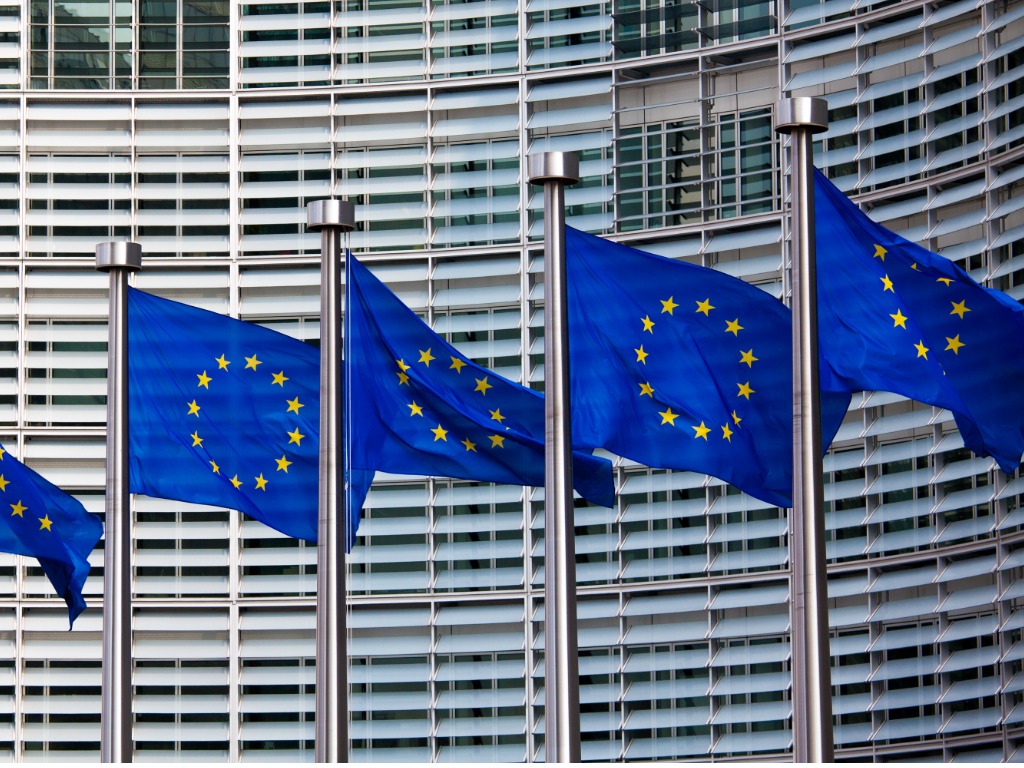EU Reaches Deal to Nearly Double Renewables in Energy Mix by 2030
Negotiators in the European Council and Parliament reached a provisional deal on Thursday setting a binding target to ramp the share of renewable energy in the EU’s energy consumption to 42.5% by 2030, with each member state contributing to the goal.
The agreement also includes more ambitious renewable energy targets for the transport, industry, buildings and district heating and cooling, aimed at speeding up the integration of renewables in sectors where uptake has been slower.
Achievement of the new target would see the EU nearly double the use of renewable energy in the energy mix from 2020 levels of 22%.
The agreement also significantly raises the EU’s renewable energy goal from its current 2030 target of 32%, and even above the initial 40% goal proposed by the European Commission’s “Fit for 55” roadmap, the EU’s proposed strategy to cut greenhouse gas (GHG) emissions by 55% by 2030, compared to 1990 levels.
Sector targets under the agreement include reaching at least a 49% renewable energy share in buildings by 2030, and to gradually increase renewable targets for cooling and heating, and requirements for industry to increase the use of renewable energy annually by 1.6% and for 42% of the hydrogen used in industry to come from renewable fuels of non-biological origin (RFNBOs).
For the transport sector, the agreement allows for member states to choose between binding 2030 targets of a 14.5% reduction of greenhouse gas intensity in transport from the use of renewables, or for at least a 29% share of renewables within the final consumption of energy in the sector.
Additional aspects of the new agreement include stronger criteria for biomass use for energy aimed at reducing the risk of unsustainable bioenergy production, and for accelerated permitting procedures for renewable energy projects in order to fast-track the deployment of renewable energies in the context of the EU’s REPowerEU plan to become independent from Russian fossil fuels.
Following the completion of the provisional agreement, it will now be submitted for approval by member states’ representatives in the Council and in the Parliament, followed by formal adoption in each body.





